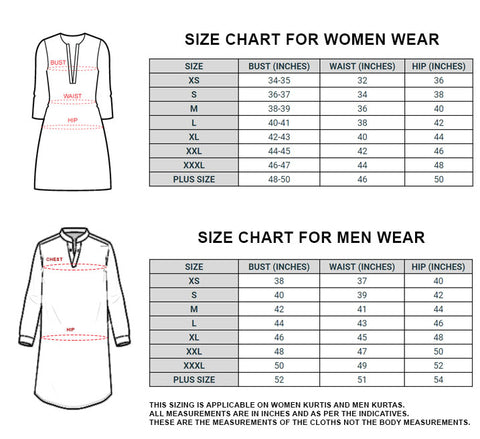KEY TAKEAWAYS: HISTORY OF CHIKANKARI
1. Origin Of Chikankari.
2. Meaning of Chikankari.
3. Chikankari In Today's World.
Origin of Chikankari

Image source : https://blog.marasim.co/
Chikankari is a traditional embroidery style that originated in the northern part of India, specifically in Lucknow, the capital city of Uttar Pradesh. This embroidery style involves delicate and intricate needlework on a variety of fabrics, such as cotton, silk, and muslin.
The history of chikankari can be traced back to the Mughal era in India. It is said that the Mughal emperors brought skilled artisans from Persia to India, who introduced this embroidery style to the locals. It was initially used to adorn the clothes of the royal courtiers and was considered a symbol of luxury and elegance.
Meaning of Chikankari

Image Source : https://www.vogue.in/
The word "chikan" means embroidery, and "kari" means work, so the name chikankari simply translates to embroidery work. The embroidery work was initially done by hand, and the motifs used were inspired by nature, such as flowers, birds, and animals.
Over time, chikankari evolved into different styles, such as Bakhiya, Phanda, Jaali, and Keel Kangan, each with their unique characteristics. Bakhiya involves the use of shadow work, where the embroidery is done on the back of the fabric to create a shadow effect on the front. Phanda is a type of knot stitch, where small knots are tied to create a raised pattern. Jaali involves creating a fine net-like pattern, and Keel Kangan involves creating a pattern of interlocking stems and leaves.
Chikankari In Today's World
)
Image Source : https://swirlster.ndtv.com/
In the early 20th century, chikankari faced tough competition from machine embroidery, which was cheaper and faster. However, the quality of machine embroidery was not as good as the handmade embroidery, and this led to a resurgence of chikankari in the 1970s.
Today, chikankari is popular all over India and is considered an essential part of Indian fashion.

